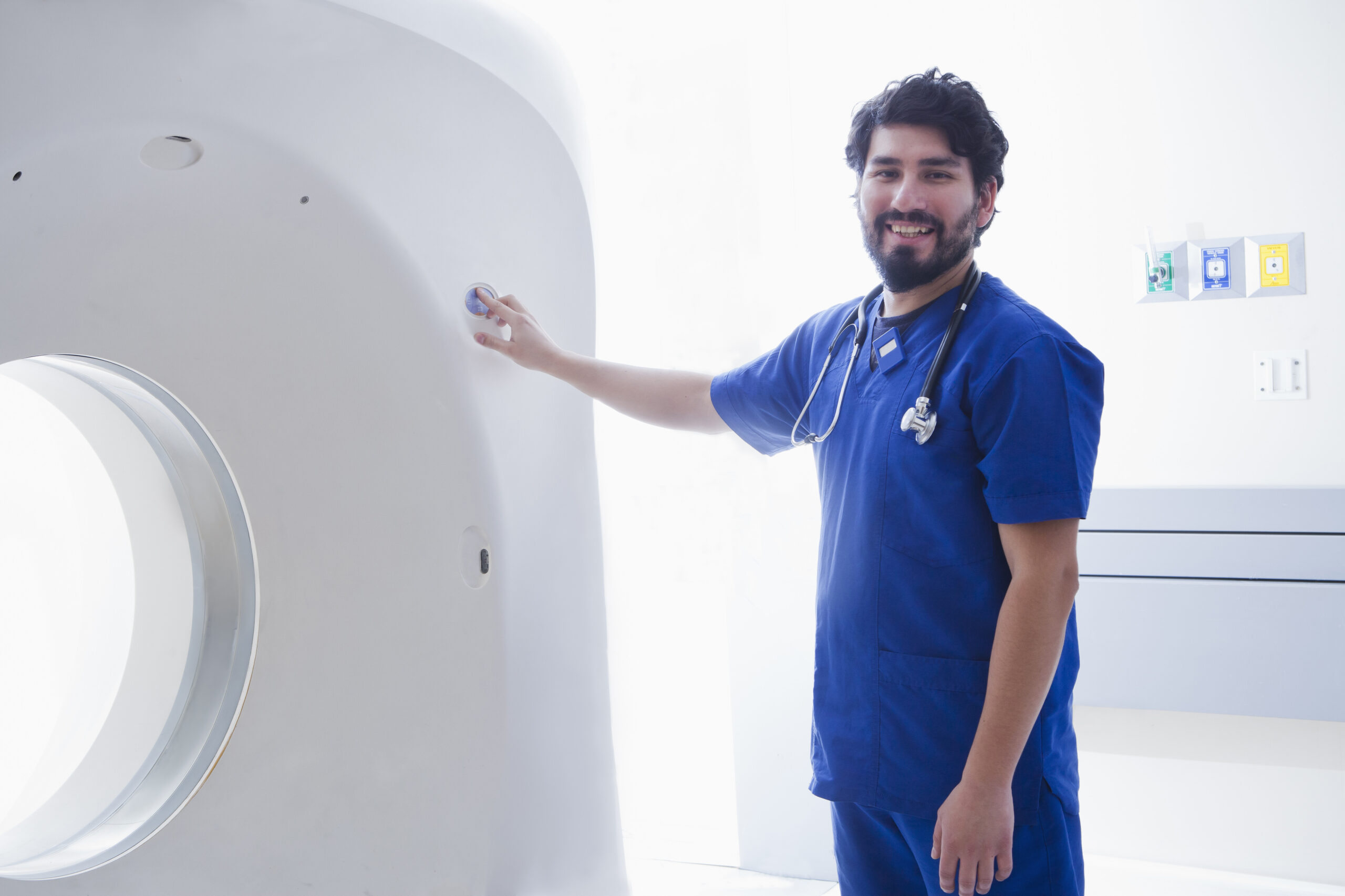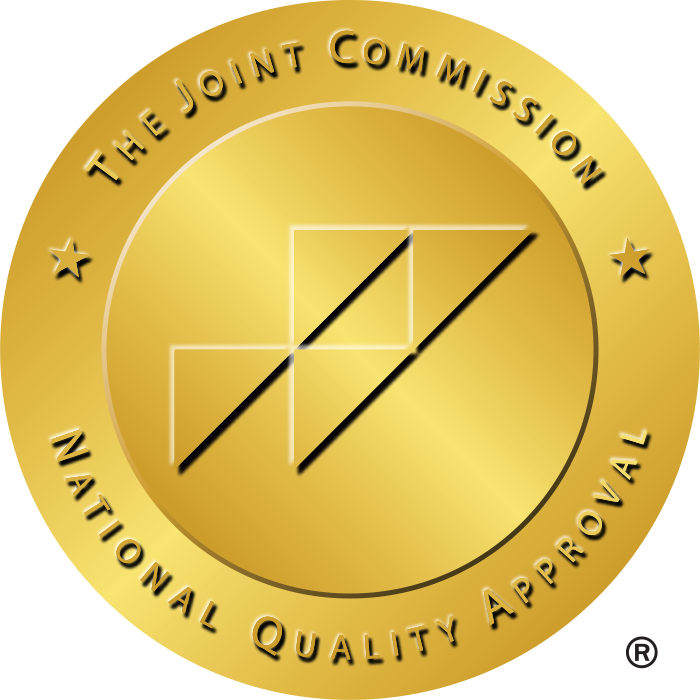Career Pathways in Surgical Technology: What Aspiring Techs Need to Know
Introduction
Surgical technology plays a vital role in the operating room (OR) and helps in conducting surgical procedures safely and efficiently. Surgical technologists prepare the operating room (OR), sterilize instruments, assist surgeons during operations, and maintain a sterile environment throughout the procedure. While the goal is to advance patient outcomes and surgical accuracy, they’re essential in supporting surgeons, anesthesiologists, and nurses across a variety of surgical procedures.1
Surgical techs are in great demand since there are more and more surgical processes in the world of today and the surgery technology is developing very fast. Robotic-assisted surgical techniques and minimally invasive surgical techniques expedite the time to perform surgical procedures, increasing the demand for individuals capable of operating and managing those technologies.2 In addition, a growing population has led to an increase in surgical procedures and demand for surgical technologists, as well as continuous demand.3
If you’re thinking of entering this field, it’s essential to understand the work, educational and training requirements and salary potential. In an effort to gauge earnings growth and job prospects, many aspiring surgical techs search terms such as “surgical tech salary” and “surgical tech jobs near me.” Surgical tech is a great career option because it is an ever-changing industry full of career opportunities and specialties.
What Does a Surgical Technologist Do?
High-performing surgical teams are two to four times more efficient in the operating room (OR) and surgical technologists are key players in maintaining that efficiency, making them vital members of every surgical team. Preparing the OR, sterilizing instruments, and setting up surgical equipment prior to a procedure are their main duties. Having all of your tools and supplies on hand is crucial to cutting down on waiting time, as well as preventing complications.1
Surgical technologists support the surgery process by passing instruments, organizing surgical instruments, and maintaining a sterile field during the surgery. They need to anticipate the surgeon’s needs to ensure that the procedure goes smoothly. They are also responsible for tracking and maintaining surgical instruments to ensure that no mistakes are made, which can put patient safety at risk.1
Surgical technologists have a leadership role in ensuring that the surgical field is kept sterile. They need to ensure strict adherence to infection control measures and sterile techniques vigilantly to prevent any contamination and infect the patients. Since the OR is high-pressure, surgical technologists are expected to pay attention to detail and think quickly, but they also need technical knowledge to provide top-tier assistance to surgeons, anesthesiologists, and nurses, especially in life-and-death situations.4
Technology is evolving rapidly, forcing technologists to develop their abilities to adapt to new instruments, robotic systems, and AI-assisted technology. Because of their knowledge, patient safety and surgical outcomes improve, showcasing their importance in healthcare today.
Educational Requirements & Certification
Because surgical technicians commonly become part of an operating room team, they undergo formal postsecondary education in surgical technology. These programs include two major types of educational programs: certificate and associate degree surgical technology programs. Typically, these programs offer courses in surgical procedures, anatomy, medical terminology, patient care, and hands-on clinical training within real surgical settings.5
Accredited programs identify certification, and as part of their training, surgical technologists must complete accredited programs approved through CAAHEP. This is part of the reason the curriculum must meet the industry standards as part of the accreditation process and prepare students for the certification exam.6
Most surgical technologists obtain the Certified Surgical Technologist (CST) credential, which is administered by the National Board of Surgical Technology and Surgical Assisting (NBSTSA), to maximize their employment and advancement opportunities. The CST examination certifies technician competency and adherence to professional standards.7
Lifelong learning is indispensable for gaining the skills needed to climb the career ladder. Others choose to obtain advanced certs, such as Surgical First Assistant (CSFA), which empower them to assist further in the operating room. As surgical electronics, robotics, and artificial intelligence become part of the surgical tech, continuing education keeps technologists multi-language in new models of surgical equipment and surgical procedures.2
Furthering accredited education through certification and continuing education is critical for long-range success in this burgeoning medical sector.
Career Progression for Surgical Techs
Suppose you choose a career as a surgical tech. In that case, you have many opportunities to grow in the field, either moving up in specialized positions or branching out to other healthcare professions. Most surgical technologists start in entry-level roles in hospitals, outpatient surgical facilities, and private practices. Operational partnering supports different medical techniques maintains a sterile atmosphere and ensures that the functioning theatres are set correctly.7
Advancing into Specialized Roles
If surgical technologists gain experience and become certified, they can also advance into surgical first assistants and surgical assistants.
- Surgical First Assistant (SFA): A more hands-on role assisting with suturing, applying dressing, and tissue handling. This role often requires special training and licensure.
- Lead Surgical Tech: The lead surgical tech ensures that the surgical teams in the operating room are adequately staffed and that all procedures run smoothly and in an efficient manner. This is a lead role, including training new surgical technologists.
- CSFA (Certified Surgical First Assistant): A more in-depth surgical technologist position requiring specific certification, enabling technologists to assume greater responsibility in complex operations, such as cardiac and neurosurgical surgeries.6
Transitioning into Other Healthcare Careers
Surgical technology can also act as a springboard into other healthcare professions. Many surgical technologists pursue additional education and enter the following career paths:
- Registered Nurse (RN) ‐ Surgical technologists who love working with patients may pursue a nursing degree in order to work with surgical patients as perioperative nurses in a variety of settings.
- Physician Assistant (PA): For direct patient care and surgical assistance, many people choose a PA degree, which allows them to work more closely with a surgeon in diagnosis, treatment, and procedure.
- Healthcare Administration: Some surgical technologists transition into managerial positions that oversee OR operations, training programs, or facility supply chain management.8
Surgical technologists have opportunities to specialize and move into roles with a greater scope of responsibility, often with increased salaries, ultimately elevating the impact they have on patient care and surgical outcomes.
Surgical Tech Salary & Job Market Insights
Surgical Technology is a high-demand field with competitive salaries depending on experience, location, and specialty. There’s a reason I see so many queries for “surgical tech salary” in search of insight into their earning potential in this growing field.
How Much Do Surgical Techs Make?
The national median salary can vary for surgical technologists depending on their certifications, amount of experience, and where they worked. Certified Surgical First Assistant (CSFA) and similar credentials command higher salaries than techs in entry-level posts. Salaries may also vary by location, as some states and metropolitan areas offer higher pay rates due to demand.9
Highest-Paying States & Specialties
Your place of residence can really add a bunch to your earnings potential. Normally, the states that pay surgical technologists the most are those containing big healthcare networks and a high demand for surgeries. Moreover, working in subspecialty fields like cardiac surgery, orthopedic surgery, and neurosurgery tends to result in better salaries than general surgical positions.10
Growing Demand for Surgical Techs
Surgical technologists are in high demand as the population continues to age and the number of surgical procedures increases. And more hospitals and outpatient surgical centers are hiring surgical technologists to meet this demand, offering good salaries and job security.3
Those looking for a new position in this field can type “surgical tech jobs near me” into a job search engine to find high-paying positions across various healthcare environments. Surgical technologists can look forward to good job growth and financial stability in the coming years, regardless of whether they work in hospitals, surgical centers, or specialty clinics.
Surgical Tech Jobs Near Me — Finding One
Whether you’re just starting out or are an experienced surgical technologist, “surgical tech jobs near me” is often the first step towards a rewarding career. As the demand for surgical technologists in hospitals, outpatient surgical centers, and specialty clinics continues to grow, healthcare professionals seek staffing agencies like StaffDNA and LiquidAgents Healthcare that can provide top job opportunities.
Why a Healthcare Staffing Agency is Good for You
There are many benefits of working alongside staffing agencies; they simplify the job search process and provide easy access to a diverse array of high-paying contracts and accommodations once balanced schedules. Whether surgical techs need short-term assignments, full-time positions, or travel surgical tech jobs, these agencies offer exclusive listings and job-matching services that link them directly to top employers.11
Surgical Tech Travel Jobs are contracts to work in various sceneries, gain multidisciplinary exposure, and get paid well. Most of the staffing agencies specializing in surgical techs offer help with licensing, relocation stipends, and housing benefits, allowing surgical techs to explore new career opportunities without jeopardizing their job security.10
The Path to High-Paying Surgical Tech Jobs
High-demand surgical technologist jobs are available on job-matching platforms like StaffDNA and LiquidAgents Healthcare within seconds. A profile can be created along with credentials uploaded, granting job seekers access to real-time openings, competitive salaries, and flexible contracts so they can find the best opportunities in their space.
Future Outlook & Career Opportunities
The surgical technology industry has a bright future as the need for skilled surgical technologists grows. As the number of surgical procedures expands and robotic-assisted surgical technologies continuously advance, the minimally invasive nature of these techniques would help reduce recovery time and lead to high growth. Robotics and artificial intelligence (AI) integration in surgery has restructured operating room dynamics, increasing the need for trained surgical technologists who can help with high-tech procedures and complex surgical systems.2
As surgical technologists are increasingly relied on by hospitals and outpatient surgery centers to keep the OR safe and efficient, job stability in this profession remains strong. With the aging population requiring more surgical care and technological advances, there will be a growing need for surgical techs.3
Career longevity and job security are major benefits for those entering the field. Those who earn specialty certifications and seek advancement into surgical technologist roles will see the highest income and career growth potential. Whether working in robotic surgery, trauma centers, or travel assignments, the future is bright for surgical technologists, with continued growth, stability, and high-paying job opportunities.
Conclusion
For healthcare professionals seeking to work in an operating room (OR) setting, a career in surgical technology presents a rewarding and reliable journey. This allows surgical technologists to move to more advanced surgical roles, such as Surgical First Assistant (SFA) or Certified Surgical First Assistant (CSFA), where they assist surgeons directly during procedures. The pathways into this growing field are structured by educational requirements, including programs as short as a certificate or associate degree length, as well as by NBSTSA certification.7
As a result, surgical technologists can take advantage of long-term job security and opportunities for career growth because of competitive salaries and job market demand. Specialization in robotic surgery, neurosurgery, and orthopedic surgery, in addition to staying certified, increases one’s earning potential and career growth.9
Working as a travel surgical tech may be perfect for you if you want to see the country while still maximizing your salary (and sometimes your earnings potential). Healthcare Staffing Agencies are key to accessing the highest-paying jobs in the field. Your ideal job might be on the other side of the country (or even the world), but agencies such as StaffDNA and LiquidAgents Healthcare ensure that you get paid for what your time is worth.
Ready to Take the Next Step?
✅ Explore top-paying surgical tech jobs today!
✅ Download the StaffDNA or LiquidAgents Healthcare app for real-time job openings and salary insights!
👉 Apply Now | Get the App 🚀
References
1. Weerakkody, R. A., Cheshire, N. J., Riga, C., Lear, R., Hamady, M. S., Moorthy, K., Darzi, A. W., Vincent, C., & Bicknell, C. D. (2013). Surgical technology and operating-room safety failures: A systematic review of quantitative studies. BMJ Quality & Safety, 22(9), 710–718. https://doi.org/10.1136/bmjqs-2012-001778
2. Peters, B. S., Armijo, P. R., Krause, C., Choudhury, S. A., & Oleynikov, D. (2018). Review of emerging surgical robotic technology. Surgical Endoscopy, 32(4), 1636–1655. https://doi.org/10.1007/s00464-018-6079-2
3. Etzioni, D. A., Liu, J. H., Maggard, M. A., & Ko, C. Y. (2003). The aging population and its impact on the surgery workforce. Annals of Surgery, 238(2), 170–177. https://doi.org/10.1097/01.SLA.0000081085.98792.3d
4. Leverenz, T., & Chaparro, B. S. (2020). Safe and Effective Use of Tools and Technology in the Operating Room. In T. N. Cohen, E. J. Ley, & B. L. Gewertz (Eds.), Human Factors in Surgery: Enhancing Safety and Flow in Patient Care (pp. 29–38). Springer International Publishing. https://doi.org/10.1007/978-3-030-53127-0_4
5. Rutherford, D. N., D’Angelo, A.-L. D., Law, K. E., & Pugh, C. M. (2015). Advanced Engineering Technology for Measuring Performance. The Surgical Clinics of North America, 95(4), 813–826. https://doi.org/10.1016/j.suc.2015.04.005
6. Beqari, J., & Seymour, N. E. (2021). Application of technology to educational needs in surgery. Journal of Surgical Oncology, 124(2), 181–192. https://doi.org/10.1002/jso.26512
7. Nelson, B., Na Eun, K., Sullivan, B., O’Neal, P., Sanchez, V., Whang, E., & Kristo, G. (2019). Playing the Surgical Technologist Role by Surgery Residents Improves Their Technical and Nontechnical Skills. The Journal of Surgical Research, 238, 57–63. https://doi.org/10.1016/j.jss.2019.01.026
8. Madden, S., Clements, J. M., Martin, N., & Kirk, S. J. (2022). 272 Factors Influencing Medical Student Future Career Choice – Why Not Surgery? British Journal of Surgery, 109(Supplement_1), znac039.177. https://doi.org/10.1093/bjs/znac039.177
9. Gray, K., Neville, A., Kaji, A. H., Wolfe, M., Calhoun, K., Amersi, F., Donahue, T., Arnell, T., Jarman, B., Inaba, K., Melcher, M., Morris, J. B., Smith, B., Reeves, M., Gauvin, J., Salcedo, E. S., Sidwell, R., Murayama, K., Damewood, R., … de Virgilio, C. (2019). Career Goals, Salary Expectations, and Salary Negotiation Among Male and Female General Surgery Residents. JAMA Surgery, 154(11), 1023–1029. https://doi.org/10.1001/jamasurg.2019.2879
10. Perera, S. K., Jacob, S., Wilson, B. E., Ferlay, J., Bray, F., Sullivan, R., & Barton, M. (2021). Global demand for cancer surgery and an estimate of the optimal surgical and anaesthesia workforce between 2018 and 2040: A population-based modelling study. The Lancet. Oncology, 22(2), 182–189. https://doi.org/10.1016/S1470-2045(20)30675-6
11. Ericksen, A. (2002). STs: An Increasing Demand. Healthcare Traveler. https://www.semanticscholar.org/paper/STs%3A-An-Increasing-Demand-Ericksen/e6e571fa5553c8939931c6a2318127681360399a?utm_source=consensus







